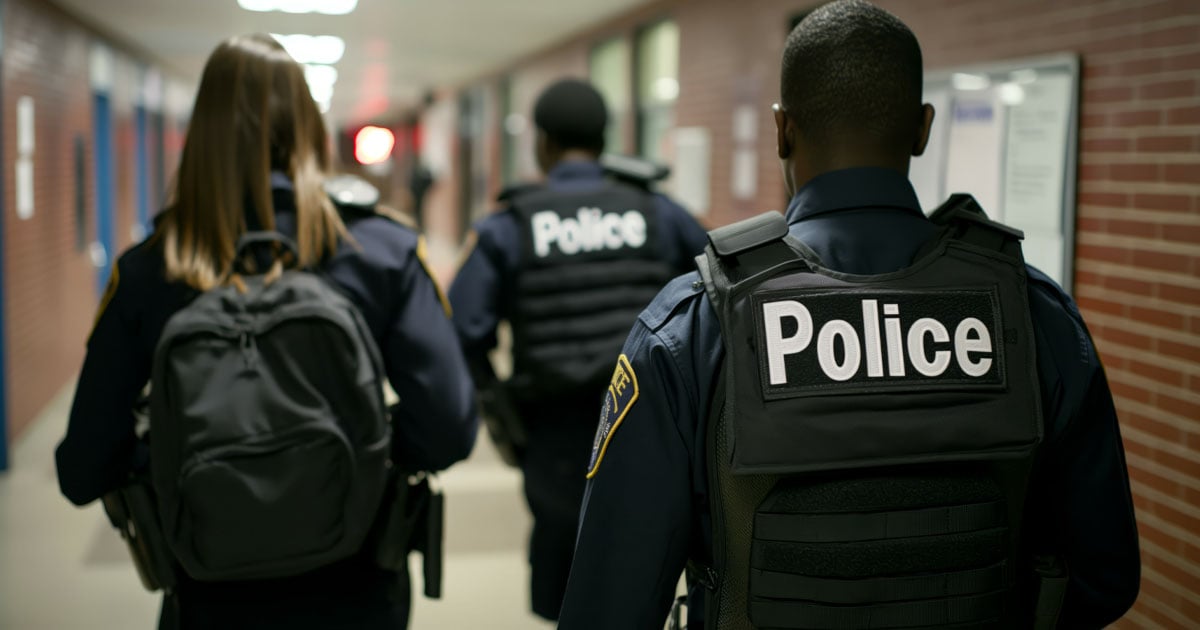WILMINGTON, DE — Parents and community members voiced outrage online after an armed school constable’s firearm discharged in the hallway of Stanton Middle School. The school sent an email to parents explaining that the discharge occurred as the officer was “repositioning” the firearm in its holster. Fortunately, no injuries were reported, and students were in their classrooms at the time. Still, the news has sparked widespread concern regarding gun safety on school grounds.
The constable’s firearm discharge quickly caught the attention of social media users after Reddit user “/u/themilkmanismyfather,” the father of a Stanton Middle School student, shared the email publicly. It has since been deleted. One commenter summed up the sentiment shared by many, writing, “There’s no such thing as an accidental discharge, only a negligent discharge.” Another replied, “If a gun is in its holster, why would it need to be repositioned in the first place?”
Reddit user “/u/RedPandaMediaGroup” raised the question, “Is ‘repositioning your gun in its holster’ a thing? I thought holsters are designed to keep guns firmly in place.” Another comment from “/u/Complete_Entry” added, “This school needs to assure parents that Deputy Dewey won’t be returning to the school, ever.”
Many users also called out the importance of adhering to basic firearm safety rules, with one commenter asking, “Why wasn’t the safety on in a school setting?” It’s worth noting that some firearms, including many used by law enforcement, do not feature a manual safety lever but instead have a mechanical safety built into the trigger itself. This design requires the trigger to be fully engaged for the gun to discharge, which places an even greater responsibility on the handler to maintain strict trigger discipline. As another user observed, “Negligent handling like this shows a total disregard for proper gun handling,” highlighting the widespread view that this incident was not simply an unavoidable accident.
Understanding Negligent vs. Accidental Discharges
As this incident has shown, there’s a difference between accidental and negligent discharges, a topic often discussed in firearm safety communities. The term “accidental discharge” is typically reserved for malfunctions due to mechanical failures, while a “negligent discharge” results from human error, such as failing to follow proper safety protocols. For more on this distinction, see USACarry’s detailed article on accidental vs. negligent discharges.
In situations involving concealed or holstered firearms, especially around children, basic safety practices prohibit unnecessary handling or adjusting of the firearm. For safety, once holstered, the firearm should remain untouched unless absolutely necessary. Inappropriate handling or “repositioning” can easily lead to a negligent discharge, as covered in our guide on avoiding negligent discharges. Whether due to a lack of training or complacency, incidents like this underscore the critical need for consistent, disciplined firearm handling, especially in environments meant to be safe for children.
Read the full article here




